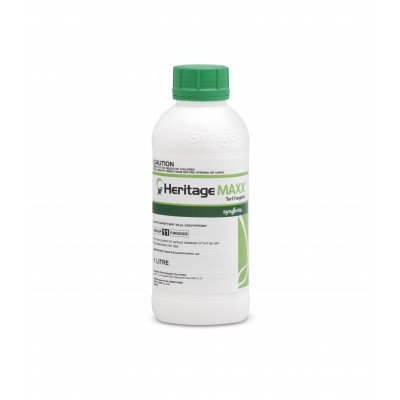Have you noticed patches appearing on your lawn from scalping after you have given your lawn a mow? In this blog, we look at why this occurs and how to avoid scalping your lawn when mowing.
Skip to: Why is my lawn scalping? How to reset the height of your lawn? How to fix your lawns levels? How to help your lawn recover from scalping?
Determine Why Your Lawn is Scalping
The first step is to determine why scalping is occurring. Scalping occurs when a lawn is mown too short. When too much of the leaf is removed, it will cause the grass to look brown in patches.
Here are some reasons why scalping might be occurring on your lawn.
- Has the lawn been growing too long in between mows?
- Are your lawns levels uneven? Are there high and low sections of the lawn?
- Does your lawn have an accumulation of thatch?
How to Reset the Height of Your Lawn
If scalping occurs from your lawn growing too long in between mows or an accumulation of thatch it is best to reset the height if your grass.
To do this, give the lawn a low mow a notch or two below your normal/preferred mowing height. If your lawn has an accumulation of thatch, you may need to bring down the mower a few more notches to allow it to reach down into the thatch layer. (When lowering the mowing height on Buffalo it is best to ensure you are not mowing too low and cutting into the runner). After you mow the lawn, it won’t look great at first, but it will be able to recover over the coming weeks. During this recovery period, it is best to ensure you keep water up to the lawn. Raise your mower back up to your preferred mowing height on your next mow. This process is best done while the lawn is actively growing throughout the warmer months and should be avoided in the cooler months while your lawn is growing at a slower rate.
After this, you will need to ensure you are frequently mowing to help avoid scalping the lawn again. As a rule of thumb, mow your lawn frequently enough so that only one-third of the leaf is removed with each pass. This means you will need to mow more frequently in the warmer months as the grass grows faster. Conversely, you won’t need to cut as often in the cooler months as the grass will grow slower.

How to Fix Your Lawns Levels
If scalping occurs from mowing over high spots in your lawn, you can add soil/sand to amend the lawn levels. This process is known as top dressing. When top dressing to improve levels, we recommend using sand. Something like washed plasterers’ sand or washed river sand is ideal.
When top dressing, it is best to give the lawn a low mow beforehand to ensure the top-dressing material will reach the soil profile. Best to also ensure at most 5-10 mm thickness is applied at one time. The sand should be rubbed in evenly using a lawn-leveller bar or the back of a rake to work the sand into the profile.
Check out our blog here for more information on applying a top dressing here.

Helping your Lawn Recover from Scalping
Your lawn will be in a bit of stress if scalped and will be vulnerable to becoming further stressed very easily. To nurture it through while it recovers make sure you keep it from drying out too much and look to use some liquid products to aid recovery.

Lawn Soaker is a ready to use soil wetting agent specifically developed for use on lawns to improve the penetration of water.

Lawn Rescue is a perfect blend of liquid fertilisers, seaweed extracts and wetting agents.

Lawn Kelper is a formulation designed specifically for turf/lawns to increase turf vigour and stimulate and strengthen roots and shoots.
Other Mowing Tips
Now you are fully equipped to help stop scalping from occurring. We have a few final tips to ensure you will get the best cut when mowing.
- Ensure your mower has sharp mower blades.
- Mow when the lawn is dry, and try to avoid mowing when the lawn is wet.
- Mow at the same length and keep it consistent.
- Switch mowing directions.
- Mow in the mornings or afternoons. Avoid mowing in the middle of the day.
- Keep at a constant pace.


